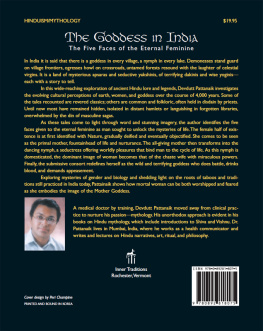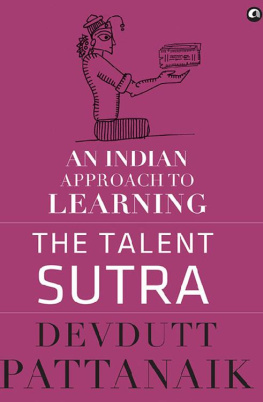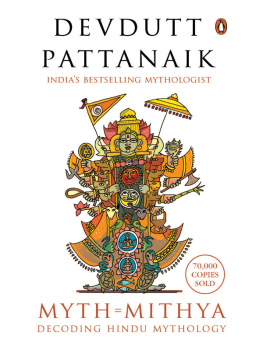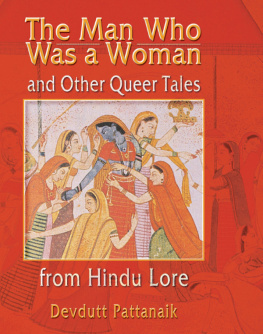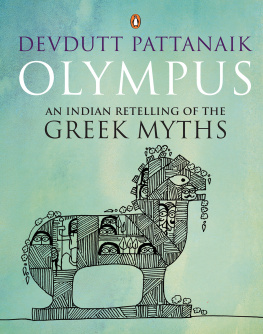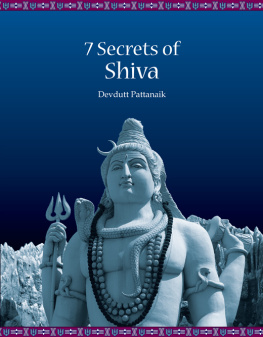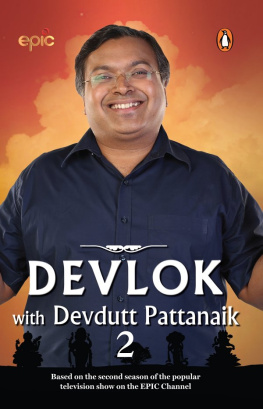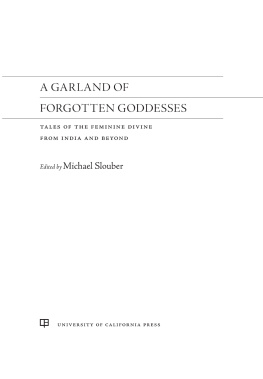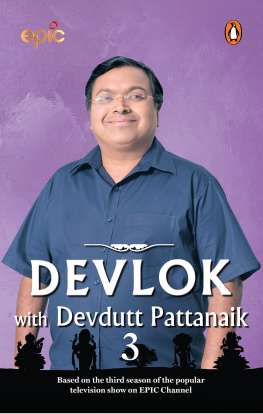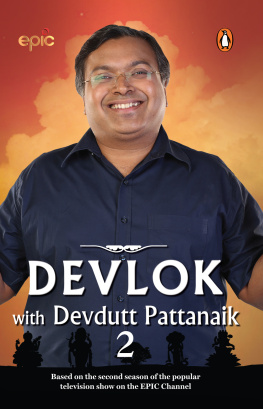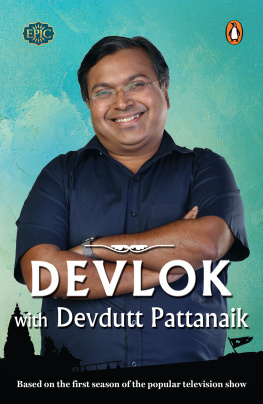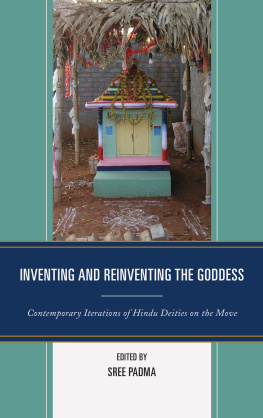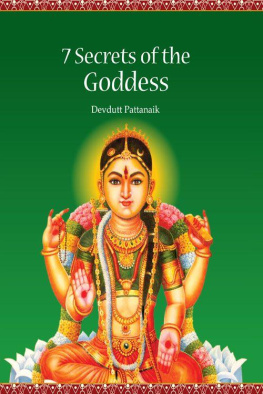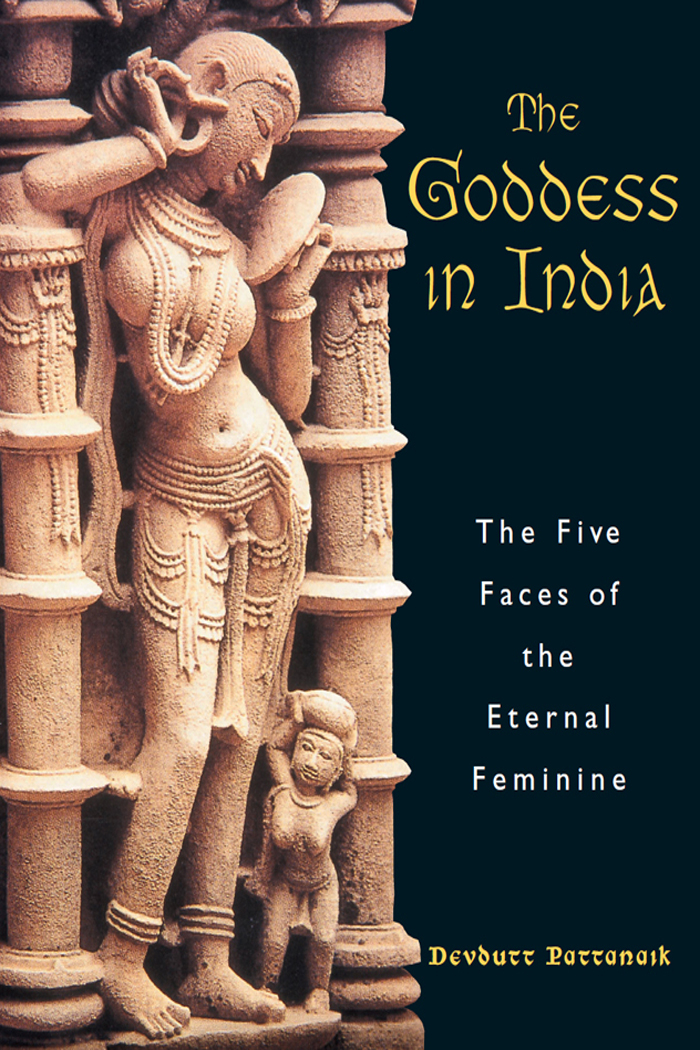Devdutt Pattanaik - The Goddess in India: The Five Faces of the Eternal Feminine
Here you can read online Devdutt Pattanaik - The Goddess in India: The Five Faces of the Eternal Feminine full text of the book (entire story) in english for free. Download pdf and epub, get meaning, cover and reviews about this ebook. year: 2000, publisher: Inner Traditions, genre: Non-fiction. Description of the work, (preface) as well as reviews are available. Best literature library LitArk.com created for fans of good reading and offers a wide selection of genres:
Romance novel
Science fiction
Adventure
Detective
Science
History
Home and family
Prose
Art
Politics
Computer
Non-fiction
Religion
Business
Children
Humor
Choose a favorite category and find really read worthwhile books. Enjoy immersion in the world of imagination, feel the emotions of the characters or learn something new for yourself, make an fascinating discovery.
- Book:The Goddess in India: The Five Faces of the Eternal Feminine
- Author:
- Publisher:Inner Traditions
- Genre:
- Year:2000
- Rating:5 / 5
- Favourites:Add to favourites
- Your mark:
The Goddess in India: The Five Faces of the Eternal Feminine: summary, description and annotation
We offer to read an annotation, description, summary or preface (depends on what the author of the book "The Goddess in India: The Five Faces of the Eternal Feminine" wrote himself). If you haven't found the necessary information about the book — write in the comments, we will try to find it.
Explores the evolution of goddess worship in India over 4,000 years.
Stunning color photographs illustrate many stories of goddess lore never before available in one collection.
In India it is said that there is a goddess in every village, a nymph in every lake. Demonesses stand guard on village frontiers, ogresses howl on crossroads, and untamed forests resound with the laughter of celestial virgins. It is a land of mysterious Apsaras and seductive Yakshinis, of terrifying Dakinis and wise Yoginis--each with a story to tell.
In this wide-reaching exploration of ancient Hindu lore and legends, author Devdutt Pattanaik discovers how earth, women and goddesses have been perceived over 4,000 years. Some of the tales recounted are revered classics, others are common and folklorish, often held in disdain by priests. Until now, most have remained hidden, isolated in distant hamlets or languishing in forgotten libraries, overwhelmed by the din of masculine sagas.
As the tales come to light through word and stunning color imagery, the author identifies the five faces given to the eternal feminine as man sought to unlock the mysteries of life: the female half of existence is at first identified with Nature, gradually deified and eventually objectified. She comes to be seen as the primal mother, fountainhead of life and nurturance. The all-giving mother then transforms into the dancing nymph, a seductress offering worldly pleasures that bind man in the cycle of life. As this nymph is domesticated, the dominant image of woman becomes the chaste wife with miraculous powers. Finally the submissive consort redefines herself as the wild and terrifying goddess who does battle, drinks blood, and demands appeasement.
Exploring mysteries of gender and biology, and shedding light on the roots of taboos and traditions practiced in India today, the author shows how the image of the Mother Goddess can be both worshipped and feared when she carries the face of mortal woman.
Devdutt Pattanaik: author's other books
Who wrote The Goddess in India: The Five Faces of the Eternal Feminine? Find out the surname, the name of the author of the book and a list of all author's works by series.

